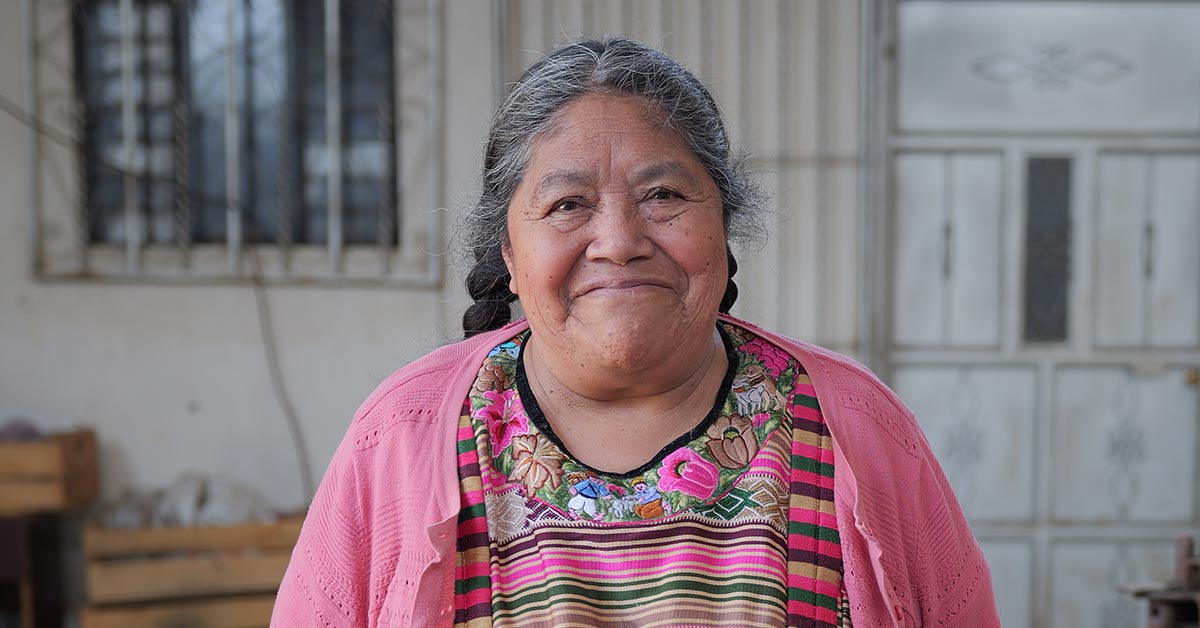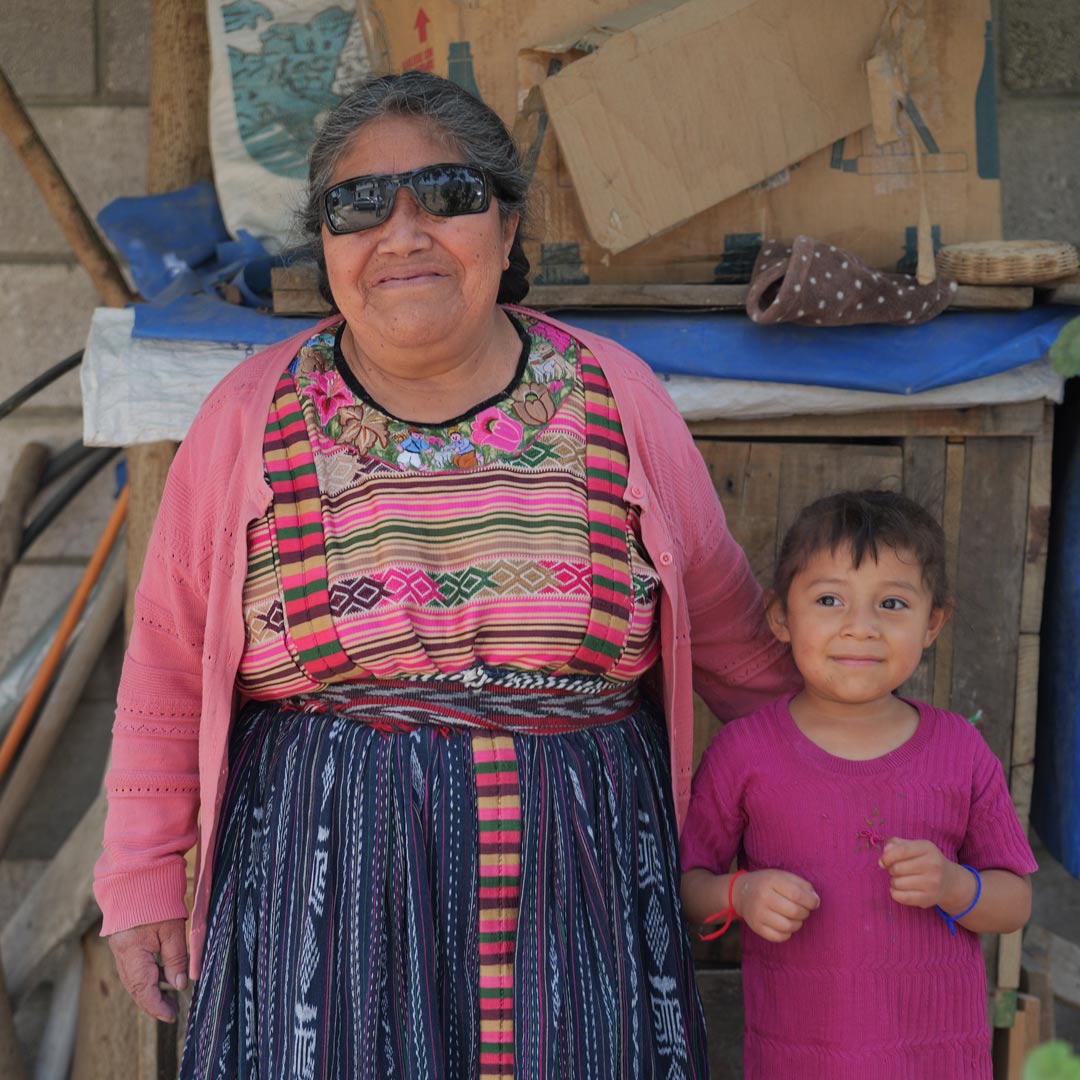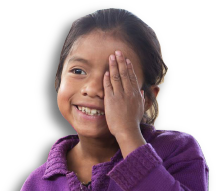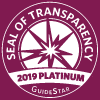
On August 9, join Seva in celebrating International Day of the World’s Indigenous Peoples. Since the late 70s, Seva has been honored to work alongside, learn from, and co-create sustainable eye care programs that benefit indigenous communities. Key to our success has been combining the strengths of indigenous culture, knowledge and ways of living with the latest science.
One way we achieve this is through two-eyed seeing, an approach first developed from the teachings of Chief Charles Labrador of Acadia First Nation, and later expanded on Mi’kmaq Elders, Dr. Albert and Dr. Murdena Marshall from Eskasoni First Nation. As published in the British Columbia Medical Journal, two-eyed seeing invites us to “see from one eye with the strengths of Indigenous knowledges and ways of knowing, and from the other eye with the strengths of Western knowledges and ways of knowing, and to use both of these eyes together for the benefit of all.” 1
In the U.S. and around the world, Seva partners directly with indigenous communities to co-create eye care interventions. Indigenous partners lead conversations, sharing their knowledge, experiences, lived realities, and challenges in accessing eye care. Together, we collaborate on solutions that lead to culturally competent and lasting eye care programs. For example, we worked with the Q’eqchi’ people, an indigenous community native to Guatemala, to develop and translate videos into Q’eqchi’ that raise awareness of various eye conditions and treatments that are available. Another example, our Native American Vision web page was developed after several sessions of gathering input from our partners on resources that would support them in delivering quality eye care.
Today, there are an estimated 476 million indigenous peoples worldwide, speaking 4,000 of the world’s languages. No two communities are the same, and neither are their eye care needs. However, what does stay consistent is Seva’s continued commitment to engaging in this co-learning journey. We are grateful for the trust and partnership of indigenous communities and know that, together, we can build a more resilient and flourishing world for all.
Generous is the best way to describe Petrona Ixcolin, with her time and her heart. A grandmother and indigenous woman living in Quetzaltenango (Xela), Guatemala, Petrona loves to cook pepian (a stew beloved by Guatemalans), share her meals with others, and spend time with her grandchildren.
As her vision deteriorated, so, too, did Petrona’s ability to keep at it. On several occasions, Petrona burned her hands while trying to make tortillas because she could not see and often struggled to walk alone.
Through our partner, Petrona was treated for cataracts and glaucoma. Today, with her vision restored, she proudly feeds her chickens, cooks, cleans, and watches after her granddaughter. She even invited us to join her for dinner next time!

You can make a donation in honor of International Day of the World’s Indigenous Peoples here:
Two-Eyed Seeing: Current approaches, and discussion of medical applications – BCMJ, October 2021.
Indigenous Peoples – World Bank Group, Apr 06, 2023
Two-Eyed Seeing – The Institute for Integrative Science & Health (IISH).






